The temple complex is enormous as can be seen in this picture. It was almost empty and I loved the quietness and solitude this temple offered ...especially after the terrible vehicle honking sounds of Bangalore I had to hear during my entire trip, whether I was indoors or on the street!
My biggest worry is that in the name of " tourism development" this lovely space will be built over with crass, ugly "modern" buildings and the beauty of this place will disappear.
Above is the entrance to the temple.
Below is near the temple, I am not sure what was done here 1000 years ago when it was built.
<><><><><><><><><><><><><><><><>
Above is the Dwaja stamba, one sees in front of many ancient south India temples. These are flag poles, directly in front of the deity. Apparently they are covered with flags on certain religious occasions but I have never seen a flag fly on these at anytime. I have seen them permanently encased/covered with silver or copper(or is it gold?) in a few temples.
The above 4 images are on the 4 sides of one of the poles above. While the last three photos are symbols of Shiva i.e. the damaruga, musical instrument, the sitting bull and the Trishul, I am not sure if the flower thing above is a symbol of Shiva or signifies something else.
<><><><><><><><><><><><><><><
Below are a few carvings from inside the temple. I could not capture the most exquisite carvings which are inside the temple. I hope you see them in someone else's blog!
I wonder why some of these carvings were red. Did devotees cover them with vermilion? Or is there iron content in the granite rock and it bleeds color?
Look at the stone slabs curving like a s shape above? Imagine carving that out of granite and then hoisting it so high, a thousand years ago, with whatever primitive technology they had then?
did a better job with their "primitive" technology in those days than we can do now with all the advances of science and technology. They had a much better aesthetic sense too than we have with our love of kitch!
Above is one of the four entrances to the Kalyani. There is a myth around the origins of this Kalyani. you can google for the story.
Behind is the Nandi hills. I am worried that this town will soon be overrun with buildings and the view will be spoilt! Also the peace, quiet and purity of this place.
If one takes photos of this temple from above with a drone, then one can get an idea of the complex architectural design of this temple, consisting of three temples within it.
During this trip to India, I was wishing for drone photography when I was seeing these huge temple complexes walking around them and unable to capture the overall look in one photo.
I especially felt the need for drone photography when I saw huge Linga-shaped Kalyanis in and around Gadag, where a single photo could not capture the entire Kalyani in one image, standing on the ground.
















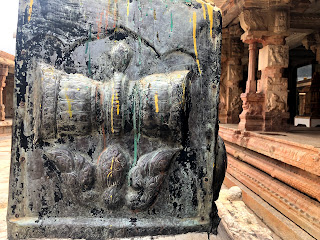













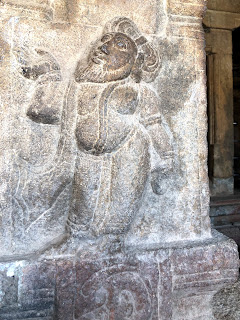

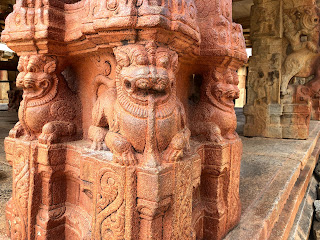

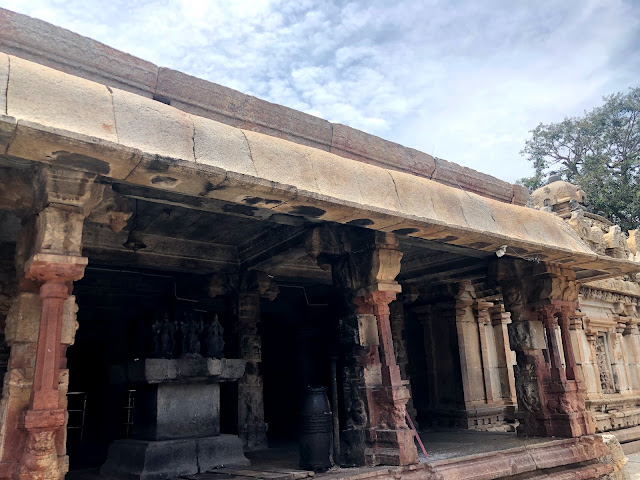














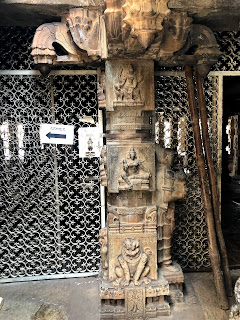












No comments:
Post a Comment